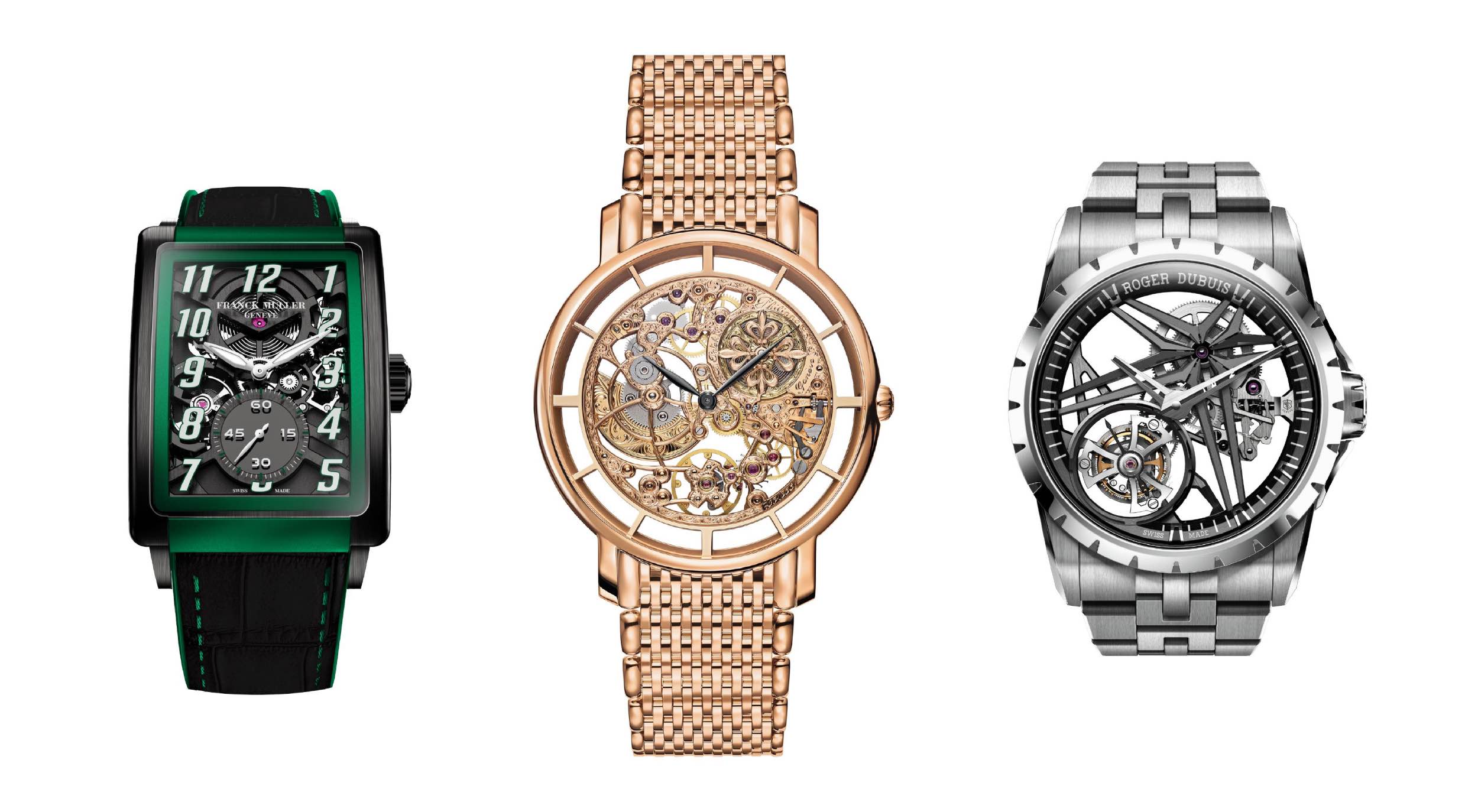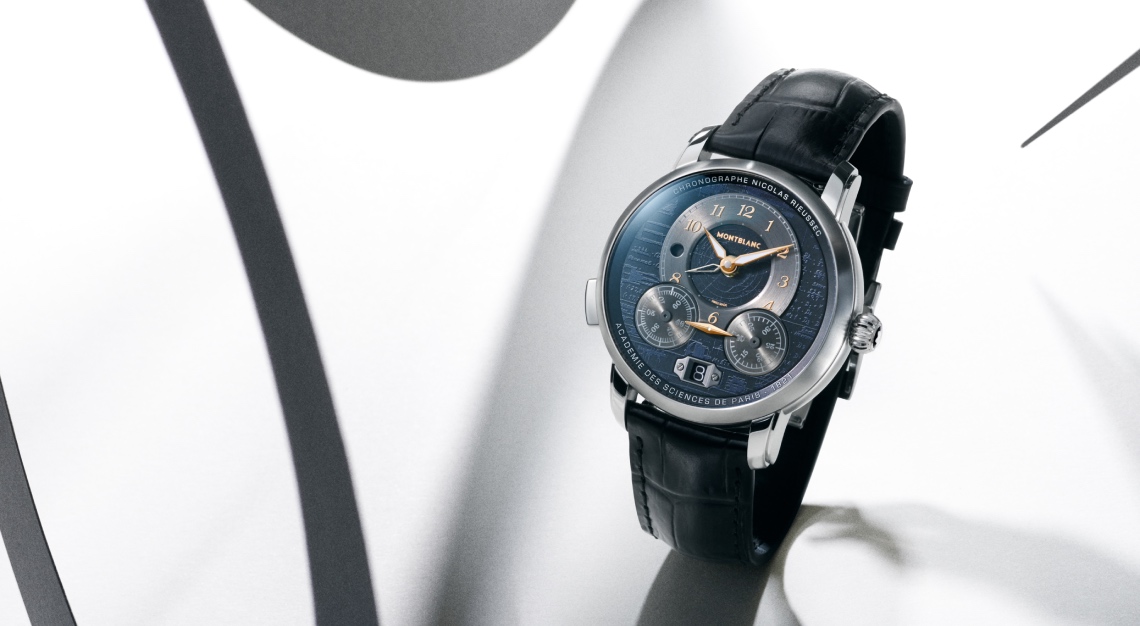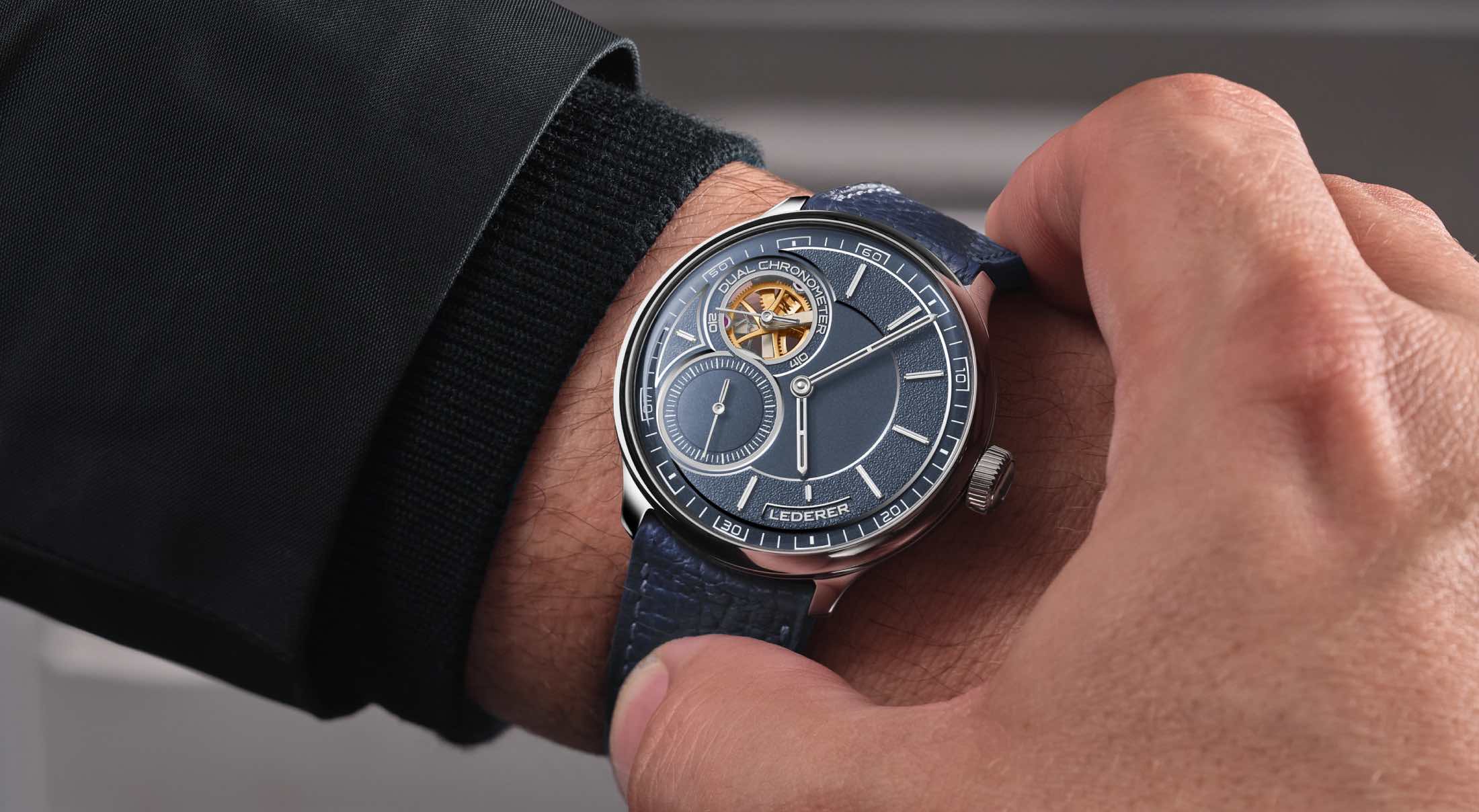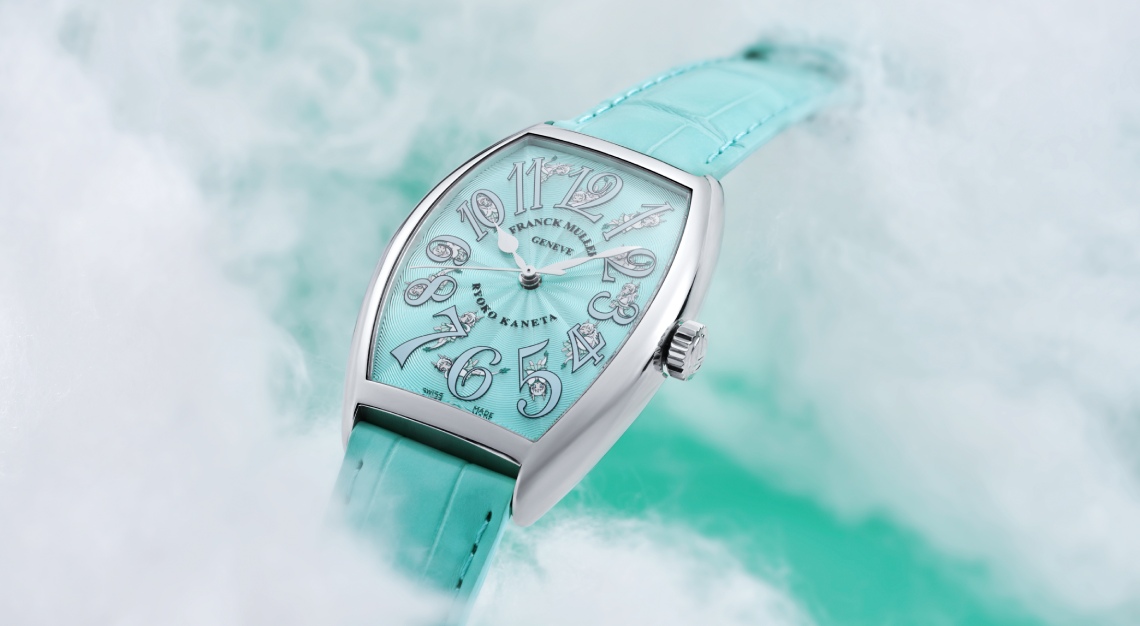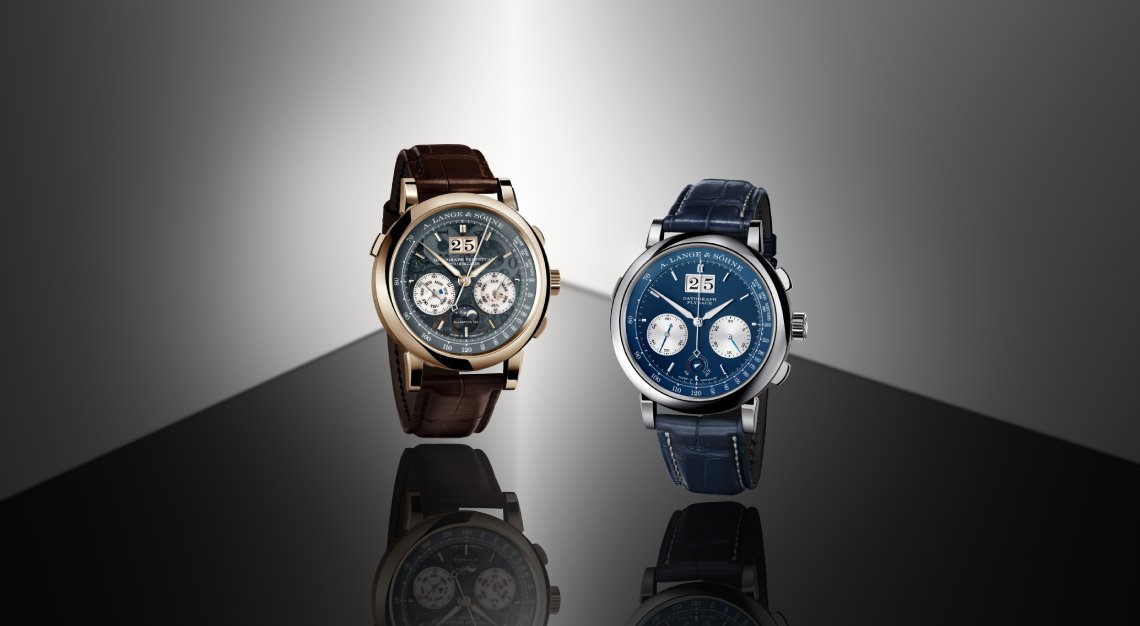We explore the timeless allure of skeleton and open-worked watches and track how they’ve evolved through the centuries
They say a magician should never reveal his secrets. Unlike the masters of sleight of hand, however, the David Copperfields of the watchmaking world appear to live by a different maxim, one that posits: if you’re good as you say you are, why not flaunt it?
In the world of watches, no category of timepieces reveals more than skeletonised watches. They flaunt their complexities with unabashed transparency, mesmerising you with full views of their inner workings while fostering a deep appreciation for the art of fine watchmaking. The idea, essentially, is to allow wearers to look through—and not simply at—the watch.
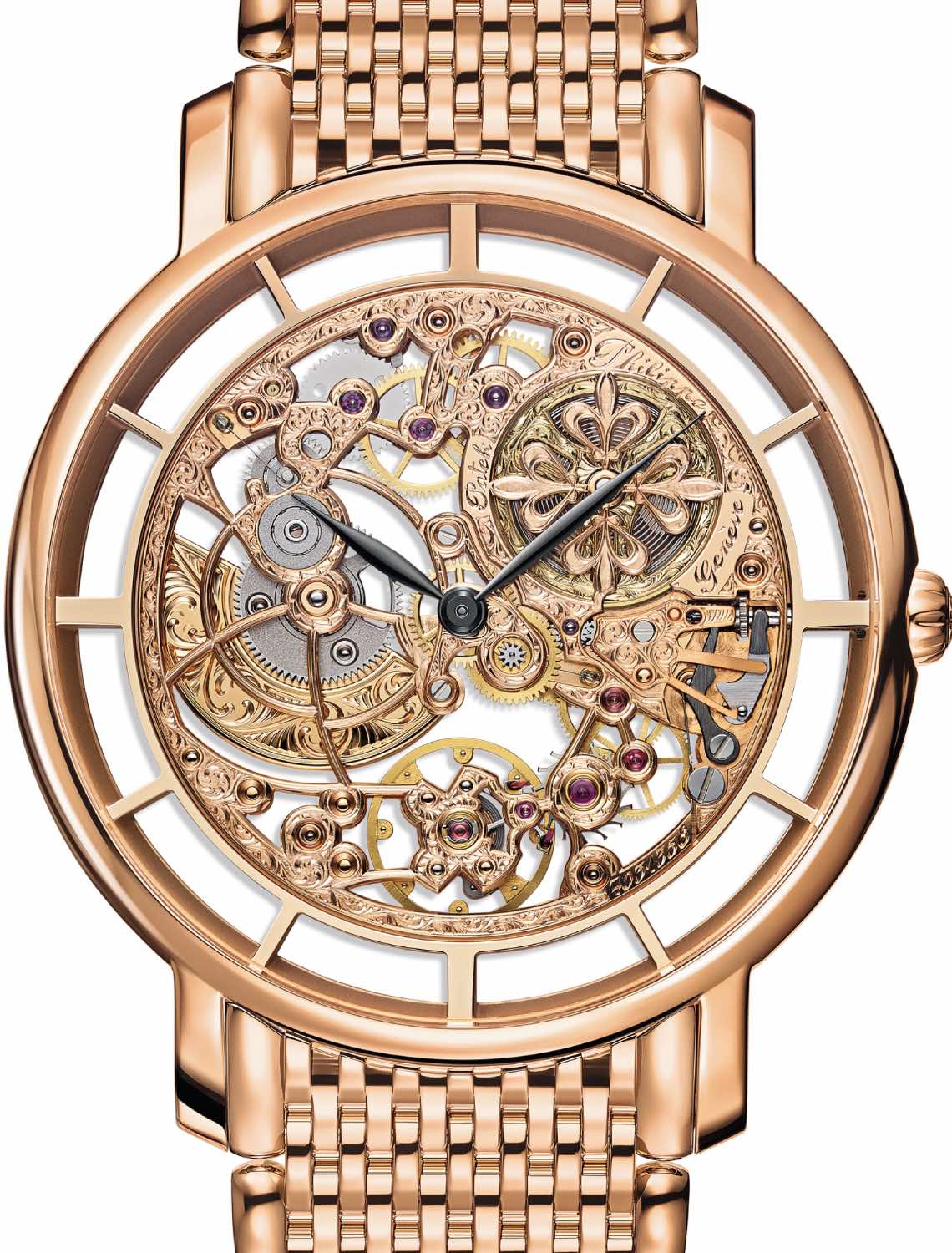
If you’re unfamiliar with skeleton watches, you’d be forgiven for assuming that it would be easier to conjure than a conventional one. After all, wouldn’t skeletonisation mean that watchmakers can skip designing a dial? While that may be true, skeletonising a timepiece is no easy feat.
Think of it as a high-stakes, solo game of Jenga. Instead of gingerly removing small wooden blocks, watchmakers must meticulously and delicately remove excess metal from the movement’s plates and bridges—leaving only the essential components behind—while ensuring the movement remains robust. Of course, should the structure collapse—you’re more likely to hear a watchmaker lament the amount of wasted work and time, rather than an excited cry of ‘Jenga’.
Show Your Workings
Traditionally, skeleton watches have been the canvas master watchmakers use to display their dexterity. The art of skeletonisation became significant during the quartz crisis of the 1980s, when the Swiss watch industry faced an existential threat from electronically powered quartz watches. In response, Swiss watchmakers emphasised the craftsmanship and complexity of mechanical movements to differentiate themselves from mass-produced quartz models.

The archives of the most esteemed watch brands will quite likely house a collection of skeletonised timepieces that showcases the highest echelons of watchmaking pedigree. These timepieces are works of art—every component of their complex mechanical bodies visible and painstakingly decorated by hand. If the brief was to showcase horological mastery, these watchmakers passed with soaring colours.
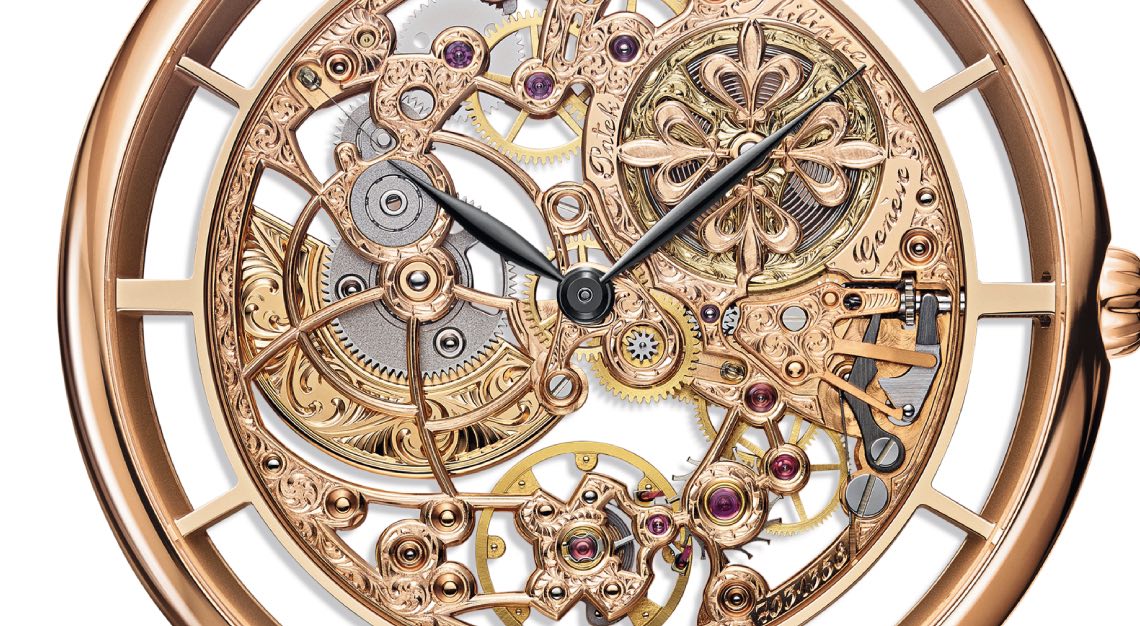
Take a look, for example, at the Audemars Piguet Skeleton Audemars Piguet Skeleton BA4266P002 from 1985 and Patek Philippe’s Calatrava 5180/1R Skeleton from 2017. These timepieces sport artful ornamentation that’s been painstakingly applied on their skeletonised gears and bridges. Have a glance at the Audemars Piguet watch and you’ll immediately notice its stunning, hand-engraved movement that’s finished in an artful floral pattern and framed by a 31mm case.
There’s brazen boasting on display, especially on Patek Philippe’s 39mm Calatrava 5180/1R, which is decorated in a myriad of breathtaking artisanal finishes that boggles the mind. When you spend over 130 hours hand-engraving a movement with an array of artistic arabesques and floral patterns as the watchmakers at Patek Phillipe have done, you’re sending a message—one that reads: we’re masters of our craft and we know it.
Less is More
But change (just like death and taxes) is inevitable. Tastes, features and innovations evolve, and so have today’s skeletonised timepieces—which seem to eschew the ornamental decorations of yesteryear in favour of modern, sculptural aesthetics. Contemporary skeleton watches seem to favour a minimalist and understated look. These skeletonised movements shine through their intricate architecture rather than ornate decorations, taking an almost brutalist approach to watch design. The movement’s bridges are arranged in layers, with clean lines and negative space adding depth and dimension.
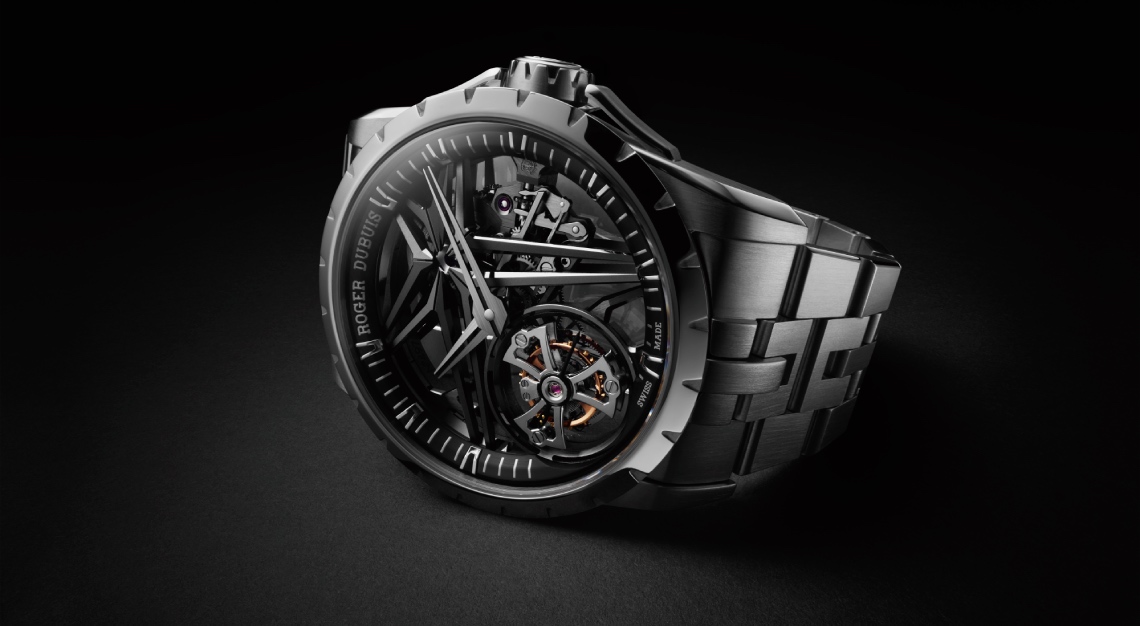
There’s less brazenness to these watches but there’s still plenty of design and watchmaking pedigree on display. An example of this is the iconic Santos de Cartier Skeleton. Introduced in 2018, Cartier recalibrated the notion of a skeleton watch by painstakingly reworking the movement architecture into a display of structural ingenuity. Here, the skeletonised plates don’t just hold the movement together; they’ve been sculpted to perform double-duty as hour numerals while adhering to the tenet of transparency.
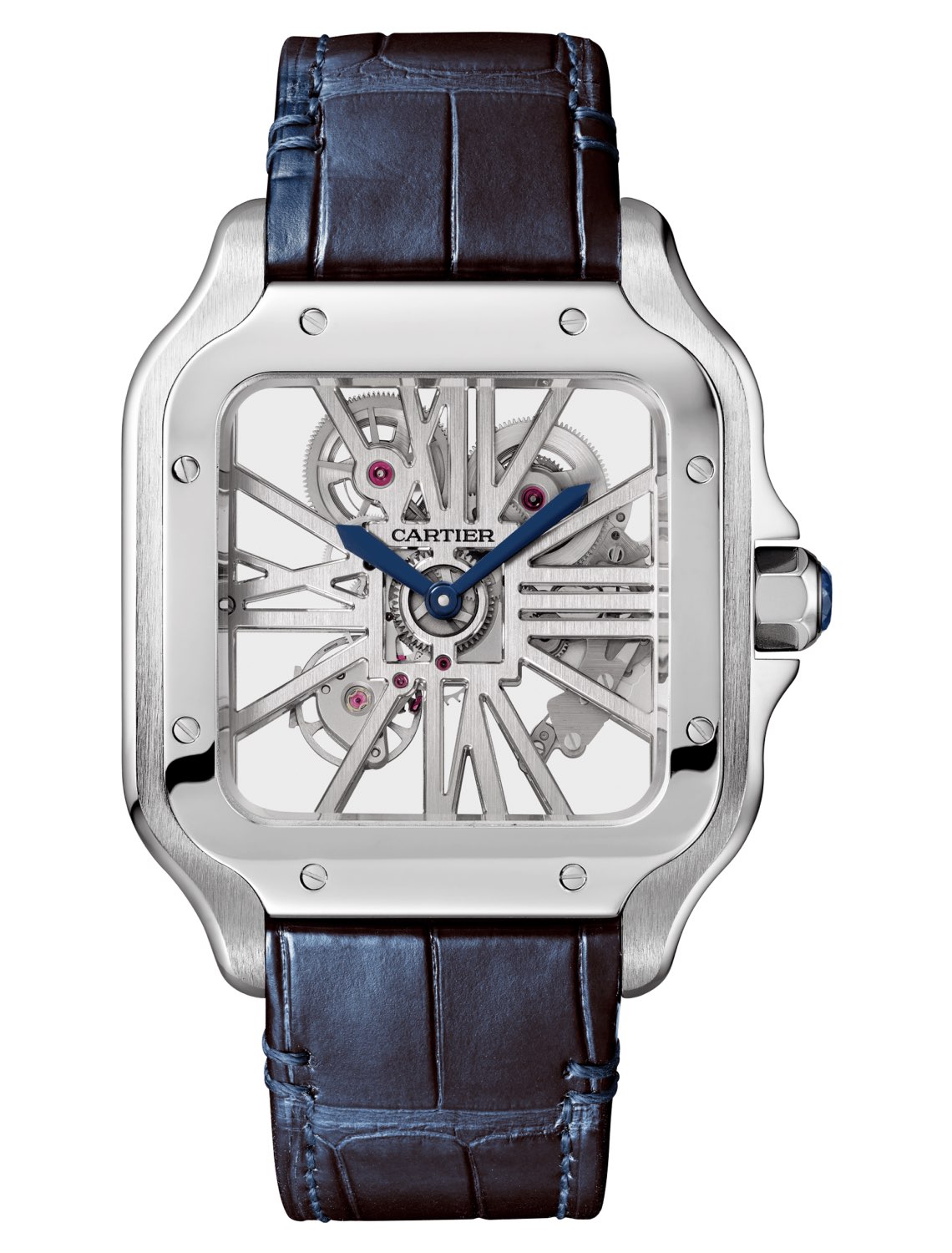
Likewise, open-worked watches such as Franck Muller’s Long Island Evolution 7 Days Power Reserve and Hublot’s Big Bang Unico Orange and Green Ceramic echo this sentiment. Though they don’t feature fully skeletonised movements, open-worked timepieces leverage on a similar lure of intrigue by offering a glimpse of their inner workings.

The Long Island Evolution, for example, features a curved tonneau silhouette that’s typically seen on dress watches but is given a sportive edge via its skeletonised gears. Contrastingly, the open-worked aesthetic adds an almost vulnerable touch to the decidedly sportive Big Bang Unico.
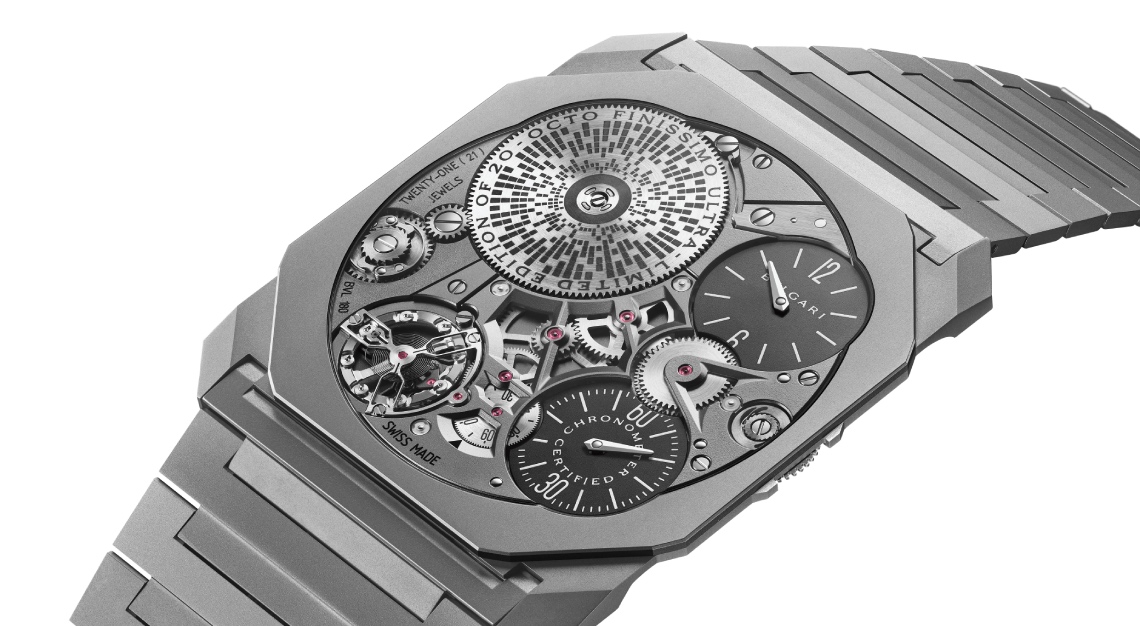
The same can be said for timepieces that sport an everyday look, such as Bvlgari’s Octo Finissimo Ultra COSC and Roger Dubuis’ Excalibur Titanium Monotourbillon. The complex movement on the Octo Finissimo (the thinnest mechanical watch in the world) adds considerable intrigue to the 1.7mm timepiece, giving it a deceptive depth when on the wrist. Meanwhile, a gravity-defying, star-shaped bridge provides the Roger Dubuis timepiece with a gravitas that enhances the masculine appeal of the 42mm watch.
Timeless Allure
Of course, as with any change, there remain exceptions—with some modern skeleton movements still adorned with high ornamentation. These contemporary timepieces marry the best of both worlds by contrasting unashamedly ornate movements with clean skeletonised structures. It’s not an easy balance as either element can easily overpower the other—but when it works, it works.
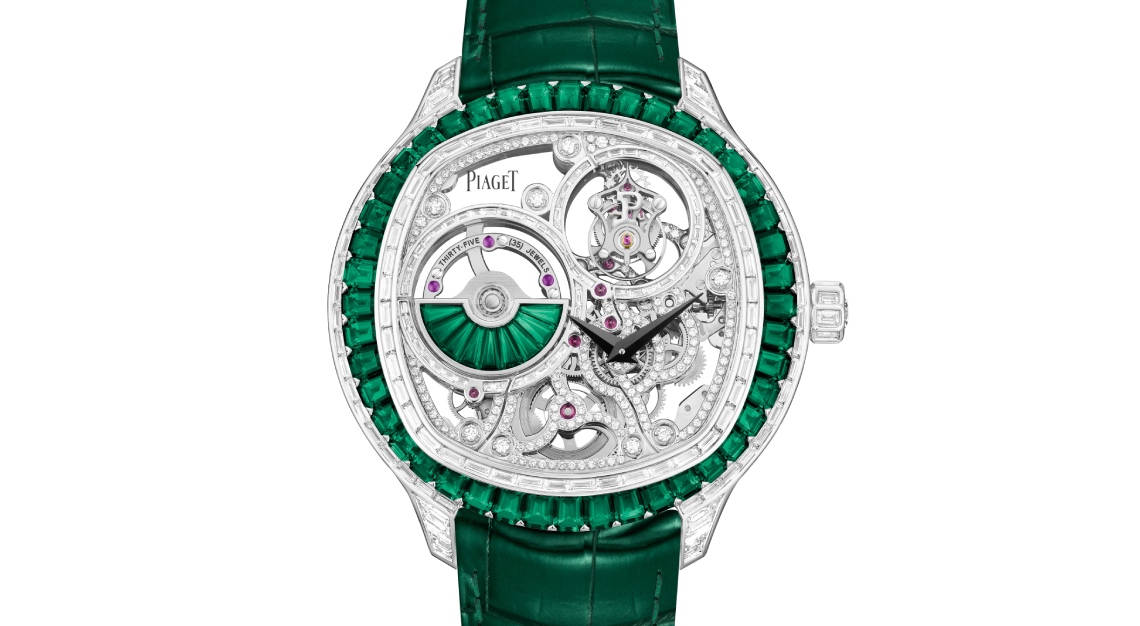
Consider Piaget’s Polo Emperador Skeleton Tourbillon High Jewellery and the Bovet 1822 Virtuoso XI. Both timepieces boast opulent decoration. Piaget achieves this through a dazzling array of emeralds and diamonds strategically incorporated into the movement to add lustre. In doing so, the negative spaces between its bejewelled bridges are accentuated, inviting wearers to admire the whirring of gears as well as the precious jewels.
On the Virtuoso XI, the movement is more classically decorated—hand-engraved with floral motifs and volutes that imbue the timepiece with old-world elegance. Adding to its allure are its bridges which almost seem to resemble a peacock’s feathers that have been lofted. The resemblance may not have been intentional but when your design looks this good, why not flaunt it?
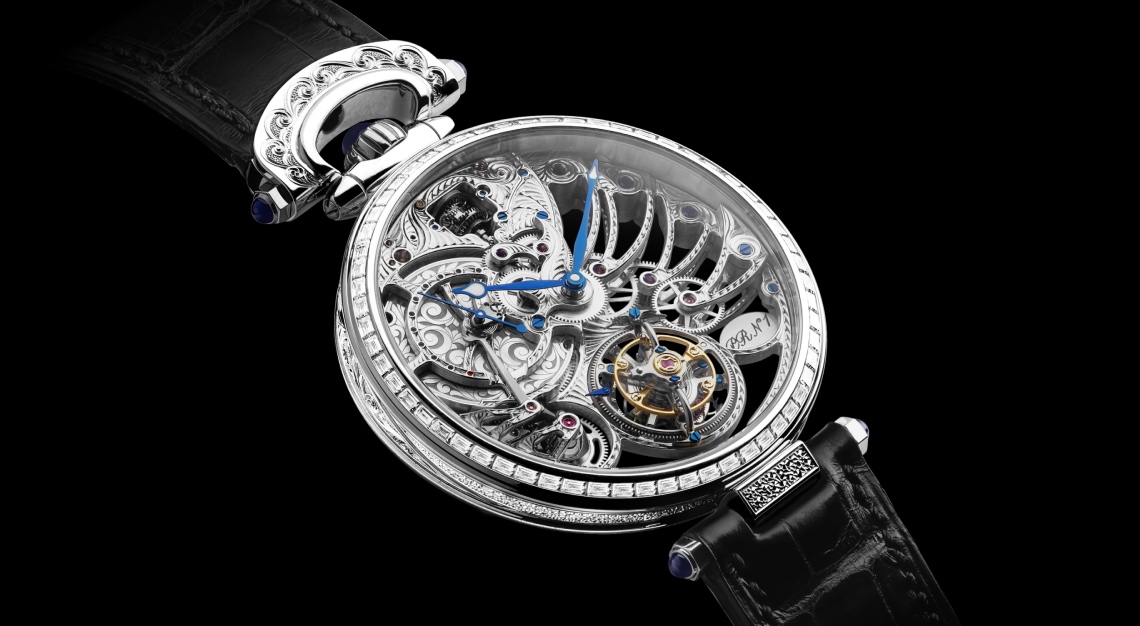
Ornate or otherwise, there’s no telling how tomorrow’s skeleton watches will evolve with emerging tastes and technologies. But to the magicians of the watchmaking world, we urge you to keep revealing your secrets.
This story first appeared in the August 2024 issue. Purchase it as a print or digital copy, or consider subscribing to us here
